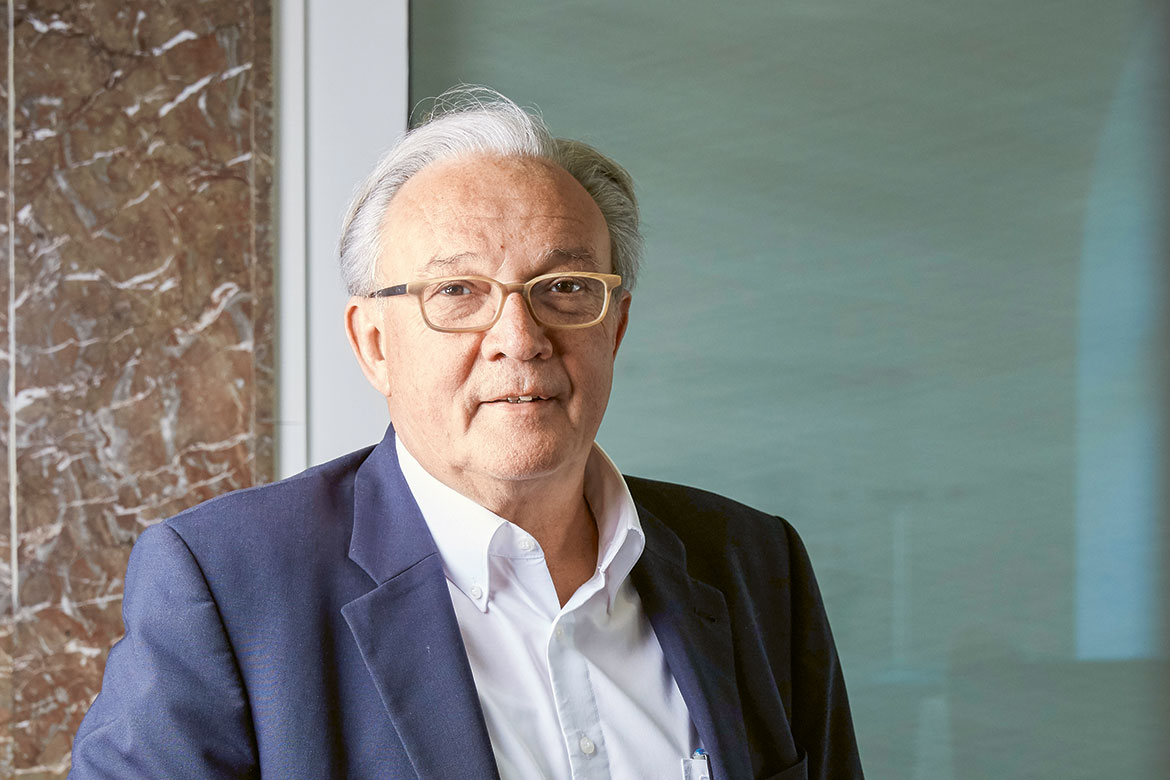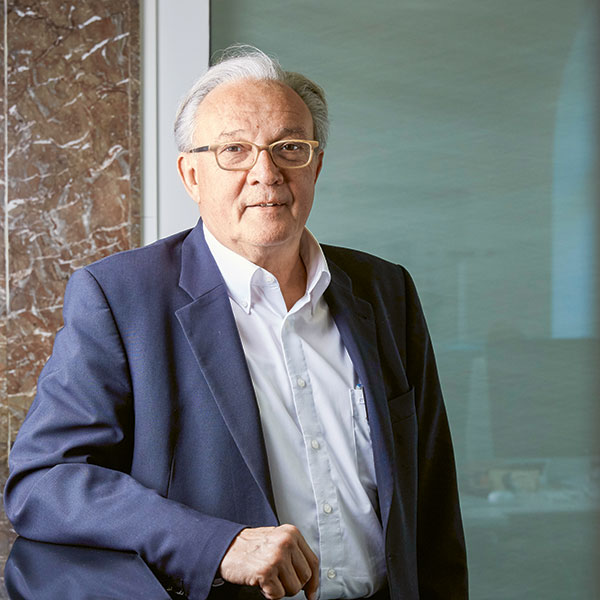Column
Marcel Tanner: Spring’s awakening: the past lies before us
In 1760, long before the first-ever smallpox vaccination, the mathematician Daniel Bernoulli from Basel made a risk assessment of variolation – scratching the skin of the non-infected to insert pustule contents from those who had the disease. This was an example of successful, transdisciplinary science, writes Marcel Tanner, the President of the Swiss Academies of Arts and Sciences A+.

Marcel Tanner would like to see a transdisciplinary science in which a dialogue with politics can bear real fruit. | Photo: Annette Boutellier
In Horizons 127, Matthias Egger aptly reminded us that it is an ethical imperative to take science into account when making decisions about public health. This is becoming especially obvious today, when we are confronted with the first vaccination campaigns for SARS-CoV-2/Covid-19.
Let’s not forget that the transdisciplinary fundamentals and procedures for solving such important questions were already established 250 years ago. Even before Edward Jenner made the first smallpox vaccination in 1796, it was known in the Near East that variolation – incising vesicle contents from those infected with smallpox in people who were not infected – could offer solid protection against the disease. The procedure was also risky, however. Giving too large a dose could result in a severe, even deadly case of smallpox. Lady Montagu, the wife of the British ambassador to Constantinople, brought these observations back to Central Europe in the early 18th century. There followed a broad-based discussion about the possibilities and uses of this method. Louis XV of France asked the Basel mathematician Daniel Bernoulli (1700-1782) to assess the risk of variolation for the French kingdom: Should one let smallpox rage, and accept the deaths that would result, or should one begin a widespread process of variolation?
Bernoulli presented his quantitative analyses and estimates in 1760. He did not just calculate the probability of dying, but also compared the individual risk and made an assessment that included the acceptance of variolation by the population and the risks and benefits for society. In so doing, he presented the first-ever systematic mathematical model for an infectious disease that might be used as the basis for a risk/benefit assessment and for making the political decision to embark on countrywide variolation (D. Bernoulli, Essai d’une nouvelle analyse de la mortalité causée par la petite vérole.Mém. Math. Phys. Acad. Roy.Sci., Paris, 1766). We can here recognise not just the benefits of mathematical models, but above all how transdisciplinary science can make the dialogue between science and politics fruitful. Perhaps these findings might inspire science today to engage in more comprehensive transdisciplinary work so that we are not just able to grapple successfully with Covid-19, but will be fit to meet the major challenges of sustainable development – and can do so in a manner that is conscious, consistent, and in unison with our decision-makers and the broader population.




